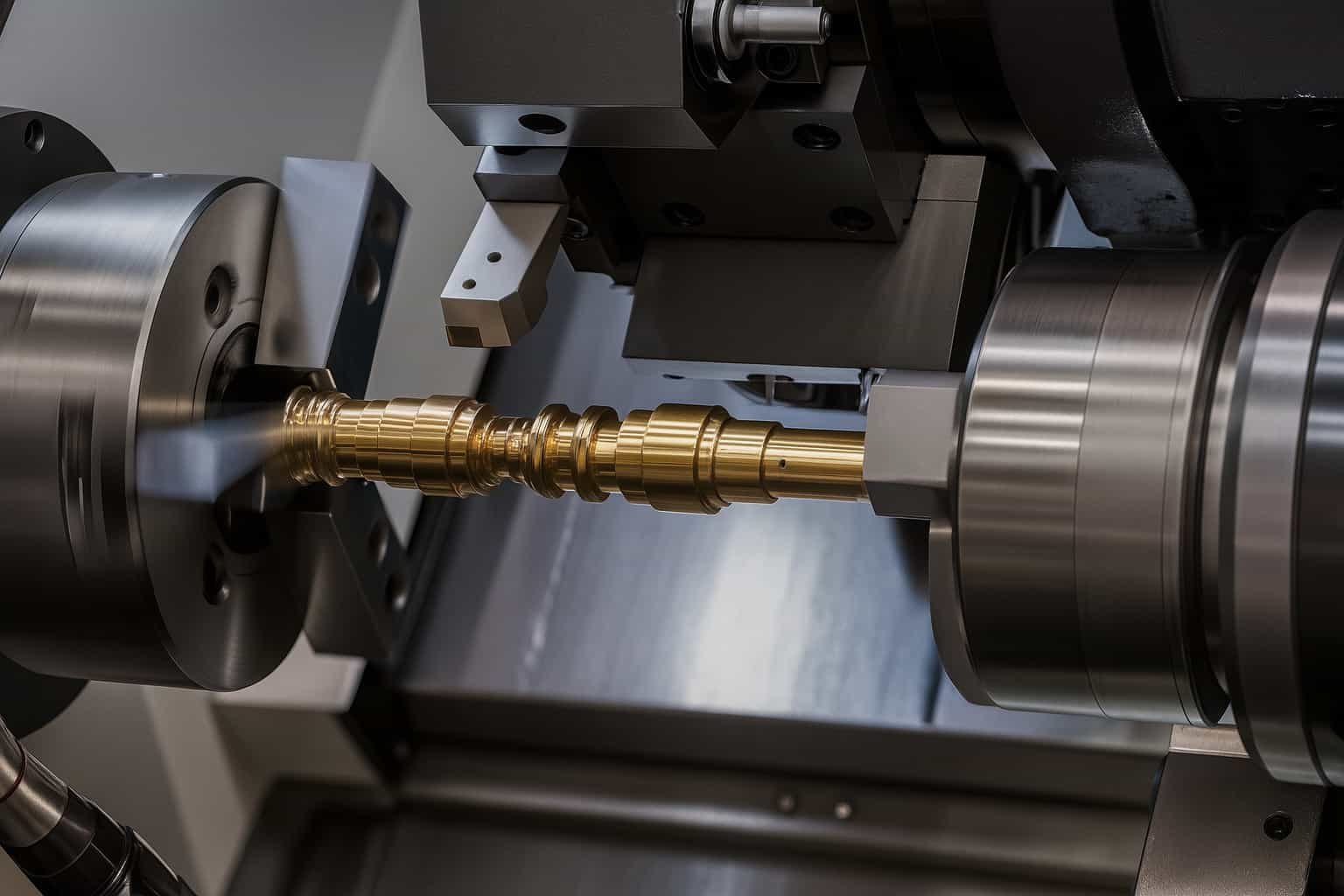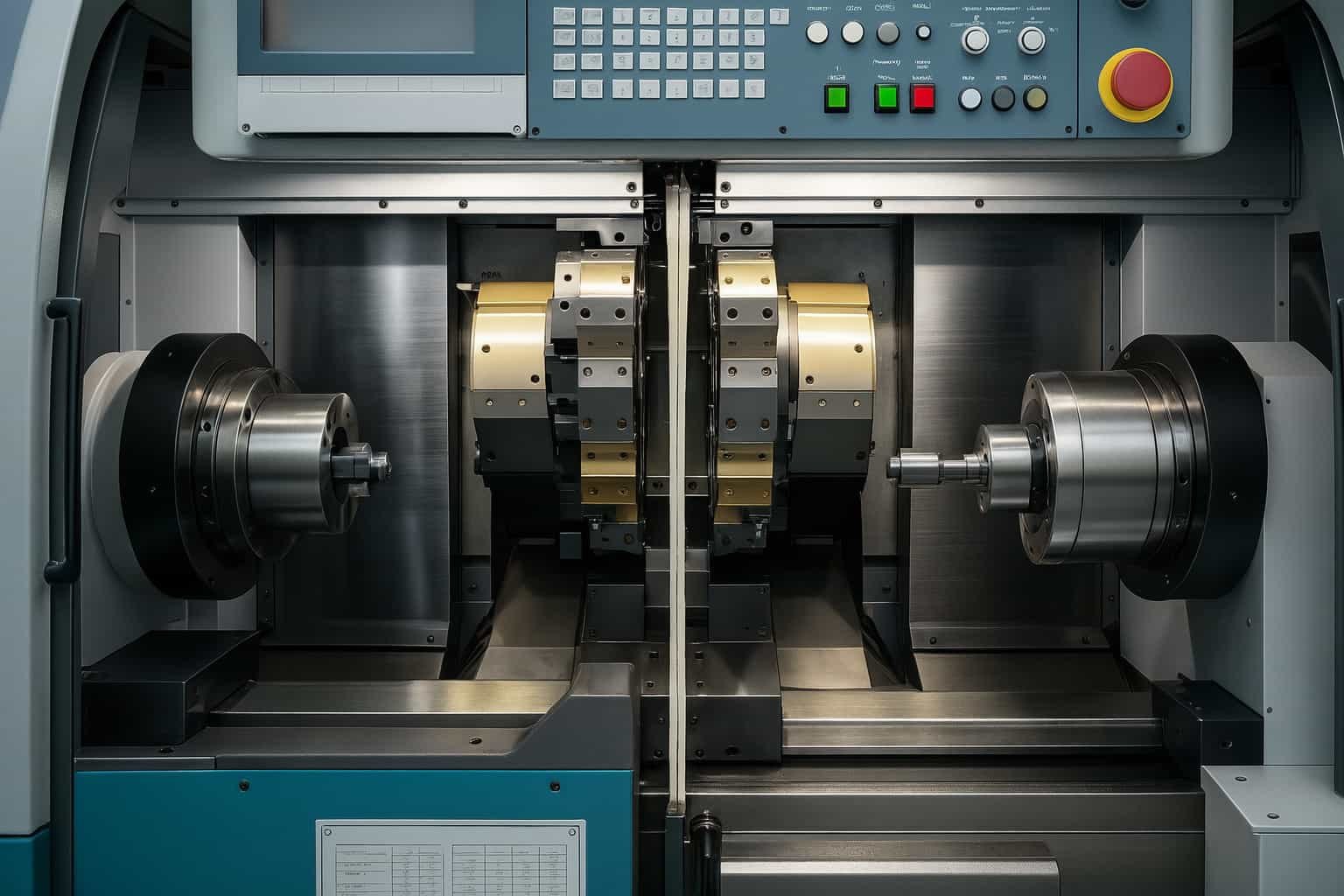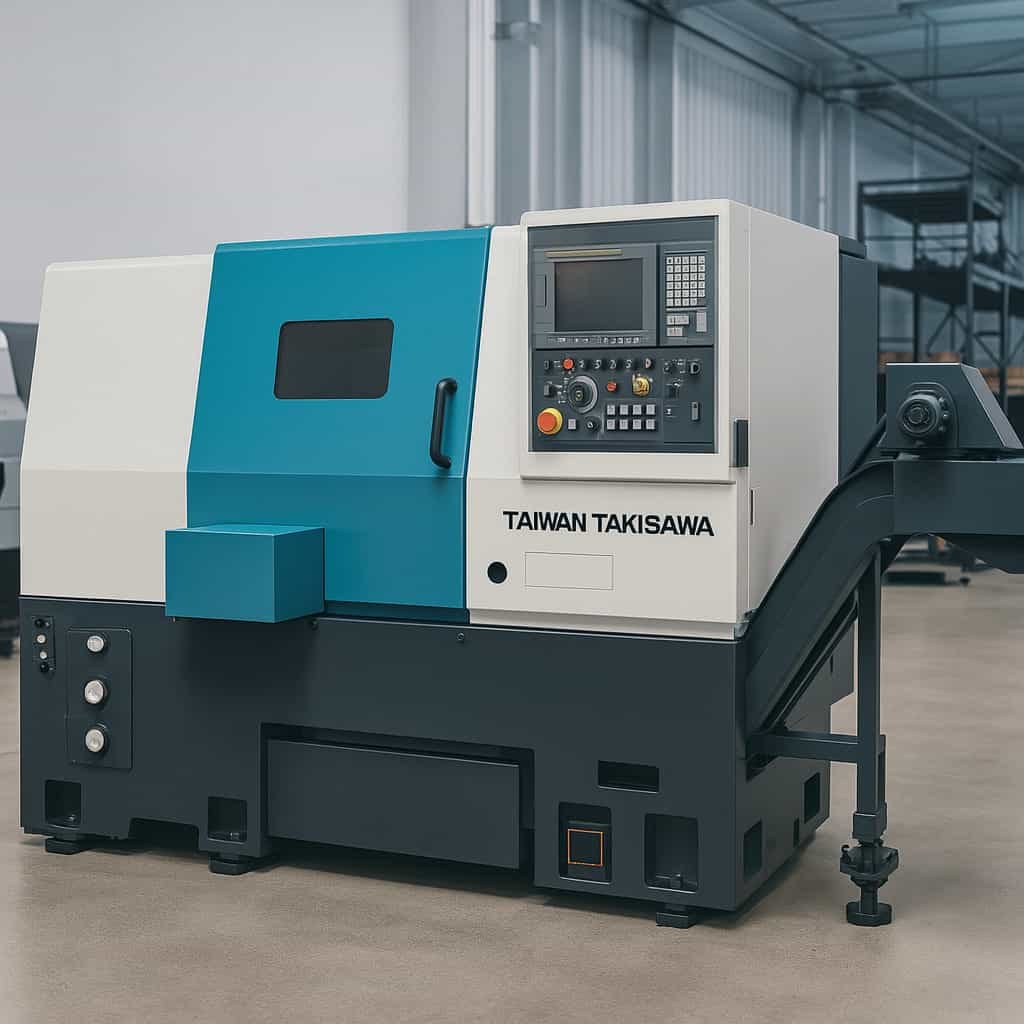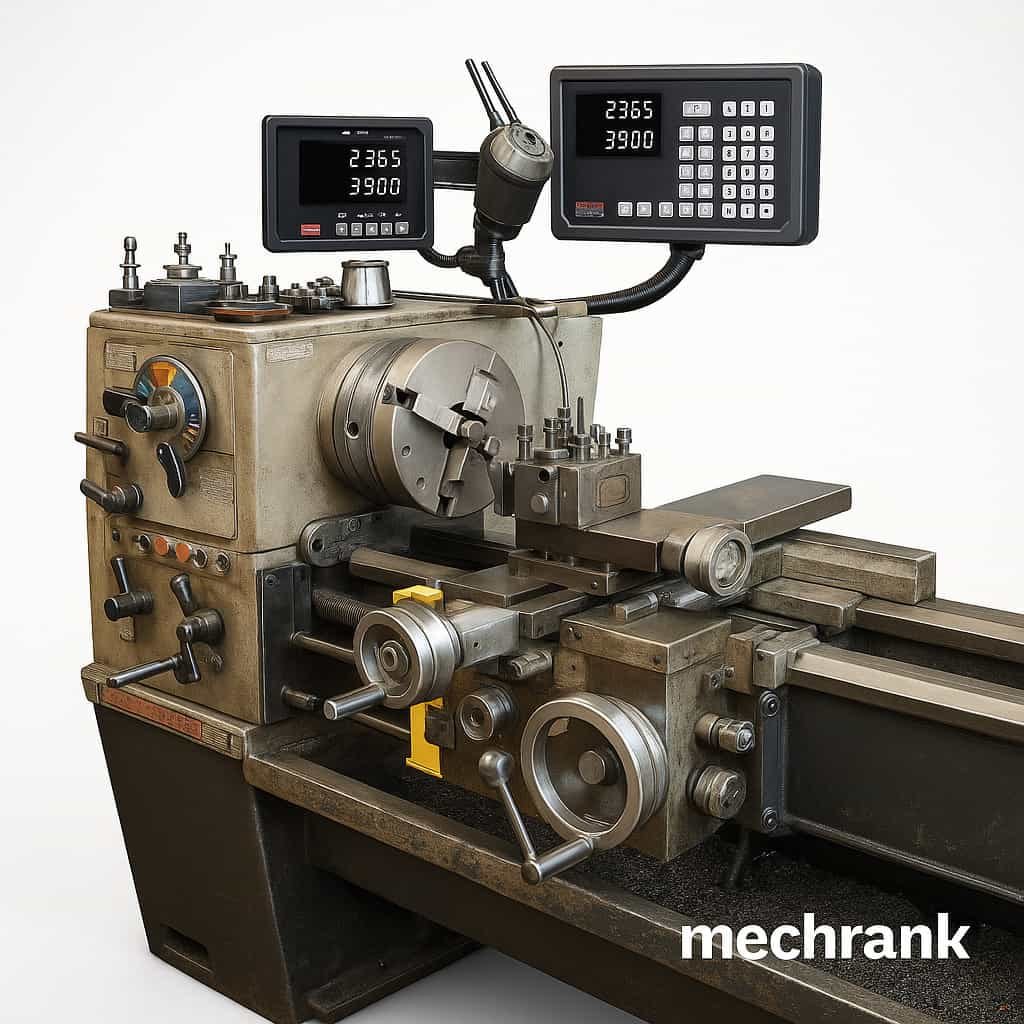What is a 2-axis lathe?
A 2-axis lathe is a machining tool used primarily for turning operations, involving two axes of movement: the X-axis and the Z-axis. The X-axis controls the cross-sectional movement, while the Z-axis handles the longitudinal movement along the workpiece.
Key Functions
- X-axis Movement: Controls the tool’s horizontal displacement.
- Z-axis Movement: Manages the tool’s vertical displacement along the workpiece.
- Turning Operations: Primarily used for cylindrical shaping and cutting.
Applications
- Metalworking: Ideal for producing cylindrical parts such as shafts, bolts, and screws.
- Prototyping: Useful for creating precise prototypes in engineering and manufacturing.
Advantages
- Precision: High accuracy in shaping cylindrical objects.
- Efficiency: Fast and efficient for repetitive tasks.
Understanding a 2-axis lathe’s functionality helps in selecting the right tool for specific machining requirements, ensuring optimal performance and precision.
What is 2-axis cutting?
2-axis cutting is a machining process where a tool moves in two directions—typically along the X and Y axes—to cut material. This method is commonly used in CNC (Computer Numerical Control) machines to create flat shapes and components.

Key Features of 2-Axis Cutting:
- Movement: The tool operates in two linear axes (X and Y).
- Applications: Ideal for cutting flat, planar parts such as plates and sheets.
- Equipment: Often involves CNC routers and laser cutters.
How it Works:
- Design Input: A CAD (Computer-Aided Design) file is created with the desired pattern.
- Programming: The design is converted into G-code that CNC machines can read.
- Cutting: The CNC machine follows the G-code instructions to move the tool along the X and Y axes, cutting the material precisely.
2-axis cutting is essential in industries requiring precision and efficiency for producing two-dimensional shapes.
What is a Multi-axis Lathe?
A multi-axis lathe is a sophisticated machine tool that can perform complex machining operations by moving the workpiece along multiple axes. This allows for intricate and precise cutting, drilling, and turning.

Key Features and Benefits
- Multiple Axes: Typically operates on 4 to 9 axes, enabling simultaneous multi-directional machining.
- Increased Precision: Offers greater accuracy compared to traditional lathes.
- Enhanced Efficiency: Reduces the need for multiple setups, saving time and cost.
How It Works
- Axis Configuration: Axes commonly include X, Y, Z (linear movements), and additional rotational axes like A, B, and C.
- Workpiece Movement: The workpiece can be rotated and moved linearly, allowing for complex geometries.
- Tool Path Control: Advanced software controls the tool paths, ensuring precision.
Applications
- Aerospace: Manufacturing turbine blades.
- Automotive: Producing engine components.
- Medical Devices: Crafting surgical instruments.
Multi-axis lathes are essential for industries requiring high precision and complex part geometries.
What is 2-axis vs 4-axis machining?
2-axis machining involves movement along two axes, typically X and Y, allowing for flat, planar cuts. In contrast, 4-axis machining adds rotation around the X-axis, enabling the creation of more complex geometries.
2-Axis Machining:
- Movement: X and Y axes.
- Applications: Simple cuts, drilling, and 2D profiles.
- Tools: Basic milling machines and lathes.
4-Axis Machining:
- Movement: X, Y axes + rotation around X-axis.
- Applications: Complex parts, angled cuts, and cylindrical components.
- Tools: Advanced CNC machines.
Key Differences:
- Complexity: 4-axis allows for more intricate designs.
- Efficiency: 4-axis can reduce multiple fixturing, saving time.
- Capability: 4-axis machining can perform tasks that are impossible with 2-axis.
Understanding the differences helps in choosing the right machining process for specific manufacturing needs.selecting the appropriate machining method to match the complexity and precision required for specific manufacturing tasks.
How does a 2-axis lathe Work?
A 2-axis lathe operates by using two primary axes — the X-axis for the tool’s horizontal movement and the Z-axis for its longitudinal movement. This allows precise material removal to shape cylindrical objects.

Key Components and Operation:
- Spindle: Rotates the workpiece.
- Tool Post: Holds the cutting tool.
- X-axis: Controls radial movement (towards and away from the spindle center).
- Z-axis: Controls longitudinal movement (along the spindle axis).
Process Outline:
- Setup: Secure the workpiece in the spindle.
- Programming: Input desired dimensions and tool paths.
- Cutting: The tool moves along X and Z axes to remove material.
Advantages:
- Precision: High accuracy in shaping cylindrical parts.
- Efficiency: Automated movement reduces manual intervention.
In essence, the 2-axis lathe is a fundamental machine in precision manufacturing, crucial for creating uniform, cylindrical components.


